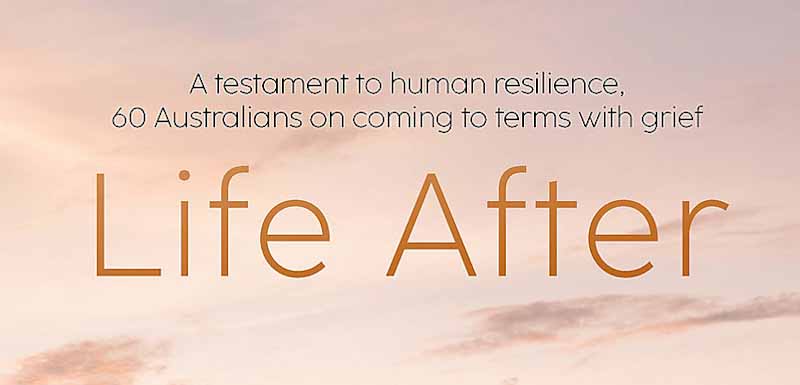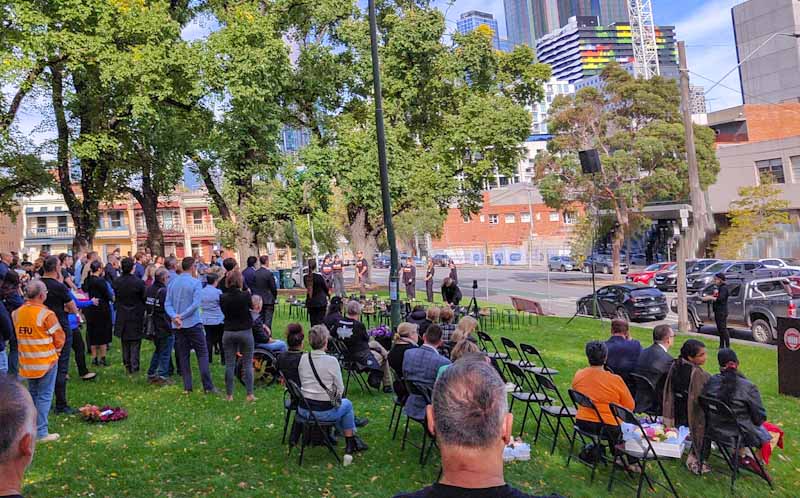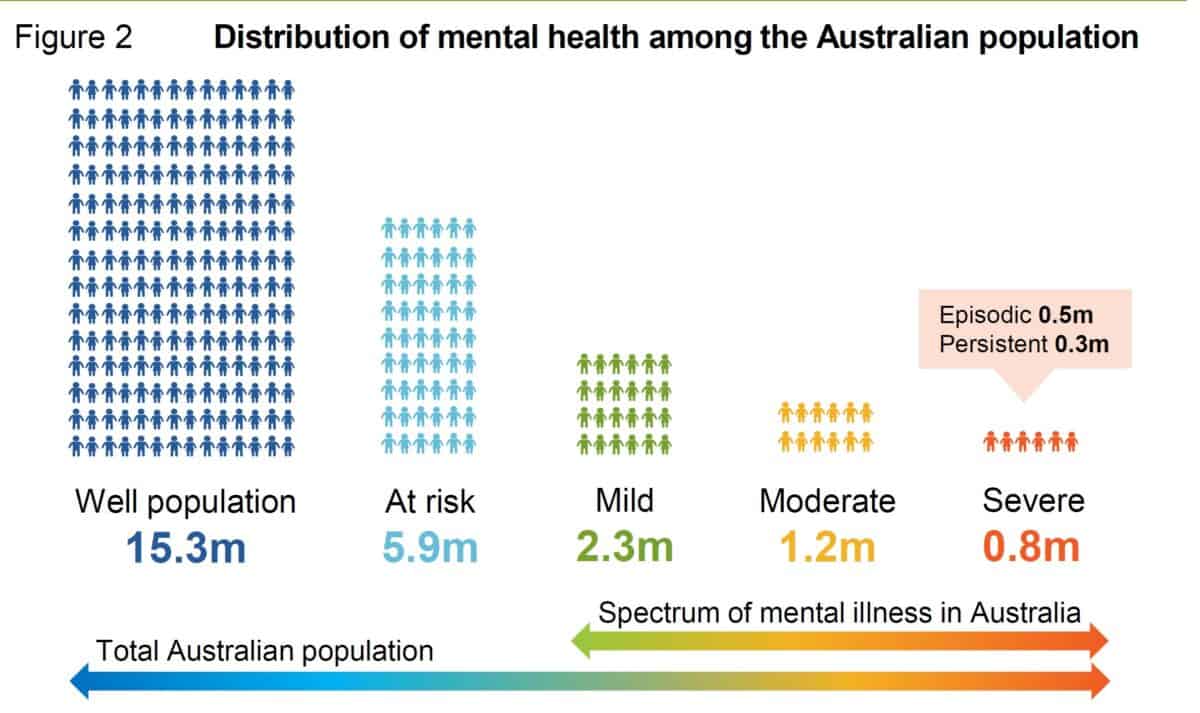I don’t believe that International Workers Memorial Day (IWMD) or the World Day for Safety and Health at Work should be held on any day other than April 28 each year. I don’t think Christmas should be moved or ANZAC Day. All these days are of significant cultural importance in Australia, and each of these dates has been set for the last few decades in the case of IWMD and ANZAC Day, and centuries for Christmas. Commemorating International Workers’ Memorial Day on a different day places logistical reasons and convenience above the significance of the day and the message it gives to the community.
Continue reading “Workplace deaths are convenient for no one”Category: grief
Understanding Grief
Occupational health and safety (OHS) has always dealt with death. Many of the most significant legislative and operational changes have resulted from one or more work-related deaths. The horror and tragedy of each death cause us to redouble our efforts to prevent untimely death.
The reality of occupational deaths and the quest to prevent death are crucial elements of OHS’s beliefs, philosophy and principles. Each of these deaths generates grief, an emotional and mental state that an Australian book explores from the “lived experience”.
Life After is a curious book published in 2021.
Call for Industrial Manslaughter laws after more unnecessary deaths
It was inevitable that all States in Australia would end up with Industrial Manslaughter (IM) penalties related to occupational health and safety (OHS). Tasmania is the latest to start the consultation on these laws, and again, it has required a work-related tragedy to generate the outrage that seems required for such a push.
The Australian Broadcasting Corporation is reporting on the grief and outrage of Georgie Burt, one of the parents of
“….one of six children who died when a jumping castle became airborne at an end-of-year celebration at Hillcrest Primary School in Devonport in 2021.”
hyperlink added
Hits and misses at Melbourne’s worker memorial
For the first time, the International Workers’ Memorial Day in Melbourne, Victoria, occurred in a park without a memorial stone with its anachronist crucifix motif. It was also thankfully sunny. The traditional location for the event in the shadow of Trades Hall was sometimes bitterly cold. The changed location was the most obvious difference to the previous ceremonies. It remains very much a trade union event when it could be so much more inclusive, even if not apolitical.
The absence of the Minister of WorkSafe, Danny Pearson, increased the focus of attention on the CEO of WorkSafe Victoria, Colin Radford. Radford’s speech was curious, with many commitments that are hard to satisfy.
Workplace suicides should be both notified and investigated
Why does this blog keep writing about workplace suicides? For decades, occupational health and safety (OHS) policy has been determined and measured by traumatic physical fatalities. Psychosocial policies need to be determined and measured by work-related suicides. But to achieve this starting point, the stigma of suicide needs addressing. Recently Professor Sarah Waters and Hilda Palmer conducted an online seminar about workplace suicides and including them as notifiable incidents under the United Kingdom’s Reporting of Injuries, Diseases and Dangerous Occurrences Regulations (RIDDOR) laws, Australia needs a similar discussion.
Better mental health context image
[Originally published on December 1, 2020]
Last week, I wrote about the misrepresentation of mental health in a common graphic about the “mental health spectrum”. If only I had had time to read the Productivity Commission’s report into its inquiry on mental health. On page 10 is this image which provides a more accurate context for mental health in Australia.
Continue reading “Better mental health context image”Should a company that killed two workers receive a $2 million government contract?
In November last year, Pipecon was found guilty of breaching its occupational health and safety (OHS) duties concerning the deaths of two of the company’s workers in and from a trench collapse. An offence to which the company pleaded guilty. (Details of the incident and prosecution can be found HERE – search for Pipecon). The Ballarat Council has awarded the company a road construction project valued at over $2 million. Should the Council have done so? How does this decision affect the deterrence message that OHS prosecutions are supposed to generate? What does this say about the criteria used in procuring services?






